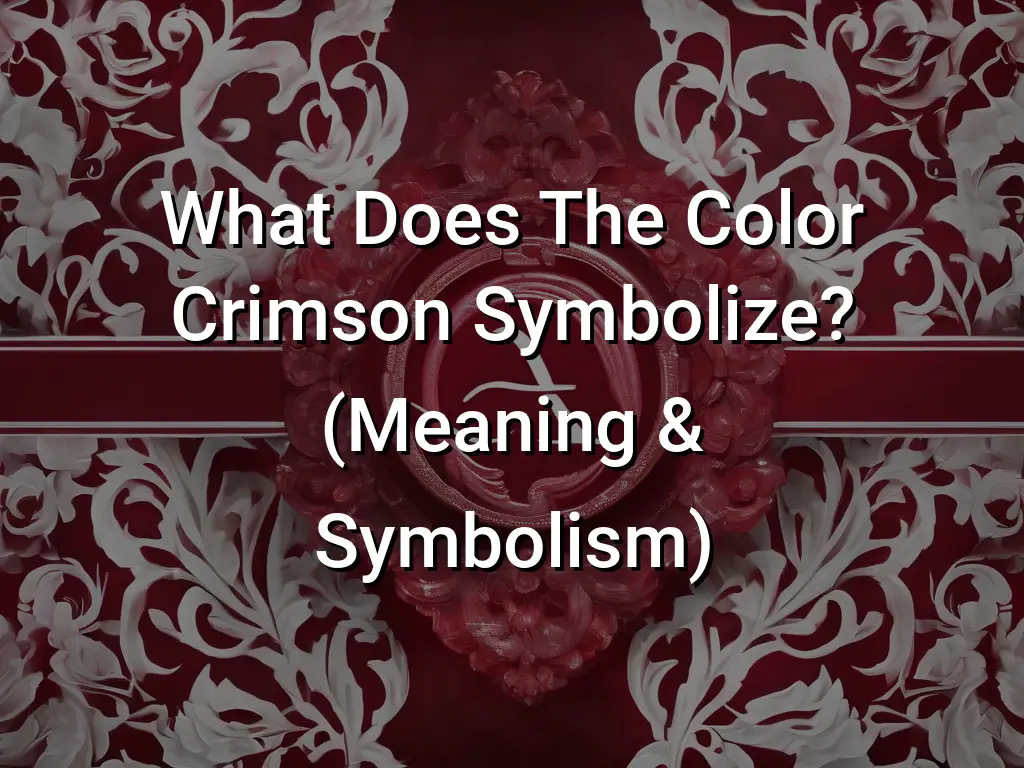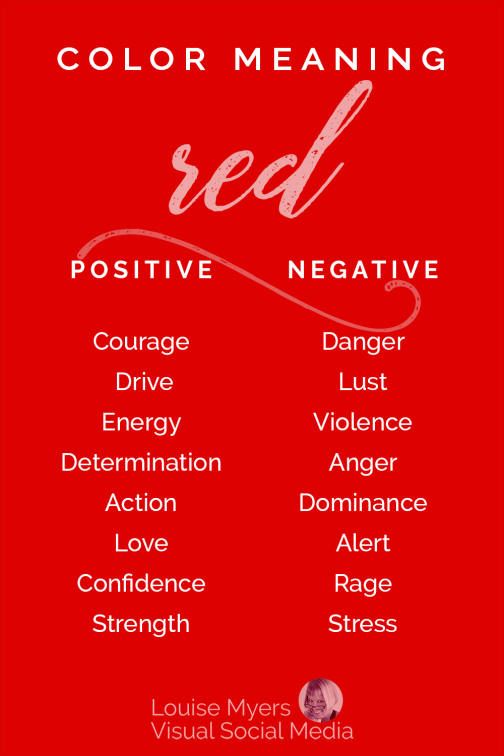The Crimson Whisper: Exploring the Symbolism and Significance of Red Flowers

Red flowers, with their vibrant hues and undeniable presence, have captivated humanity for centuries. They are more than just botanical beauties; they are potent symbols, carrying a rich tapestry of meanings woven through culture, history, and emotion. From the passionate declaration of love to the somber remembrance of loss, red flowers whisper stories that resonate deep within the human heart. This article delves into the multifaceted world of red flowers, exploring their symbolism, historical significance, and the enduring power they hold.
The Language of Love and Passion:
Undoubtedly, the most well-known association of red flowers is with love and passion. The vibrant color, reminiscent of the beating heart and the flush of infatuation, makes them the quintessential expression of romantic feelings. Red roses, in particular, have become synonymous with love, often gifted as tokens of affection, declarations of commitment, and symbols of enduring romance.
However, the language of red flowers extends beyond simple romantic love. They can also represent:
- Desire and Lust: The intensity of red can evoke feelings of deep yearning and physical attraction. A bouquet of red flowers can be a bold and passionate statement of desire.
- Courage and Strength: Red is a color often associated with bravery and power. Red flowers can be given to someone embarking on a challenging journey or to acknowledge their resilience in the face of adversity.
- Respect and Admiration: While often associated with romantic love, red flowers can also express deep respect and admiration for someone’s accomplishments or character.
- Energy and Vitality: The vibrant energy of red is invigorating and stimulating. Red flowers can symbolize a celebration of life, a boost of energy, or a wish for good health.

A Historical Tapestry Woven in Crimson:
The significance of red flowers transcends mere symbolism; it is deeply rooted in history and culture.
- Ancient Civilizations: In ancient Greece and Rome, red flowers, particularly roses, were associated with Aphrodite/Venus, the goddess of love and beauty. They were often used in celebrations and rituals dedicated to these deities.
- Medieval Times: During the medieval period, red roses became increasingly associated with courtly love and chivalry. Knights would often wear red roses as a symbol of their devotion to their lady.
- Victorian Era: The Victorian era, with its elaborate language of flowers (floriography), further solidified the meaning of red flowers. Different shades of red carried nuanced meanings, allowing for complex messages to be conveyed through floral arrangements.
- Modern Times: The symbolism of red flowers continues to evolve in modern times. They remain a popular choice for romantic occasions, but their use has expanded to encompass a wider range of emotions and sentiments.

Beyond the Rose: A Spectrum of Red Blooms:
While the red rose reigns supreme in the realm of romantic expression, the world of red flowers is far more diverse. Here are just a few examples of red flowers and their associated meanings:

- Red Poppies: Often associated with remembrance and sacrifice, particularly in relation to war veterans. They also symbolize sleep and peace.
- Red Tulips: A declaration of perfect love and belief in a soulmate. They are often given to express deep and abiding affection.
- Red Carnations: Symbolize deep love and affection, but can also represent admiration and pride.
- Red Geraniums: Represent comfort and consolation, often given to offer support during times of grief or hardship.
- Red Amaryllis: Symbolize pride and determination, often given to acknowledge someone’s accomplishments or to encourage them to persevere through challenges.
- Red Dahlias: Represent elegance, dignity, and inner strength. They can be given to express admiration for someone’s grace and composure.
- Red Hibiscus: Symbolize passionate love and beauty, often associated with tropical destinations and romance.
- Red Anemones: Symbolize forsaken love or fading affection, a poignant reminder of the complexities of relationships.
The Power of Context and Nuance:
It is crucial to remember that the meaning of a red flower can vary depending on the context, the specific type of flower, and the cultural background of the giver and receiver. While red roses are generally understood to represent love, a bouquet of red carnations might be interpreted as a sign of admiration or respect, depending on the relationship between the individuals involved.
Furthermore, the shade of red can also influence the message being conveyed. A deep, crimson red might suggest intense passion, while a lighter, more delicate shade of red might express gentler affection.
The Enduring Appeal of Red Flowers:
Despite the ever-changing trends and evolving cultural landscapes, the appeal of red flowers remains timeless. Their vibrant color, powerful symbolism, and undeniable beauty continue to resonate with people across generations and cultures. Whether used to express love, admiration, respect, or remembrance, red flowers offer a tangible way to communicate emotions that often transcend words. They are a reminder of the power of nature to evoke feelings, connect people, and celebrate the beauty of life.
FAQ: Demystifying the World of Red Flowers
Q: Are red flowers always associated with romantic love?
A: No, while romantic love is the most common association, red flowers can also symbolize courage, strength, respect, admiration, energy, and vitality. The specific meaning depends on the type of flower, the shade of red, and the context.
Q: What is the most popular red flower?
A: The red rose is undoubtedly the most popular red flower, particularly when expressing romantic love.
Q: Are there any negative connotations associated with red flowers?
A: In some contexts, red flowers, such as red anemones, can symbolize forsaken love or fading affection. It is essential to consider the context and the specific type of flower when interpreting their meaning.
Q: Can I give red flowers to a friend?
A: Yes, absolutely! Red flowers can be given to friends to express admiration, respect, or support. Consider choosing a flower other than a red rose, such as red carnations or red geraniums, to avoid any romantic implications.
Q: What is the best occasion to give red flowers?
A: Red flowers are appropriate for a wide range of occasions, including Valentine’s Day, anniversaries, birthdays, graduations, and even funerals (in some cultures, red flowers are used to honor the deceased).
Q: How can I choose the right red flower for a specific occasion?
A: Consider the relationship between you and the recipient, the message you want to convey, and the context of the occasion. Research the symbolism of different red flowers to ensure that you are choosing the most appropriate bloom.
Q: Does the shade of red matter?
A: Yes, the shade of red can influence the meaning of the flower. Deep, crimson red often suggests intense passion, while lighter shades of red can express gentler affection.
Q: Where can I learn more about the language of flowers?
A: Numerous resources are available online and in libraries that explore the history and symbolism of flowers. Search for "floriography" or "the language of flowers" to find more information.
Q: Are red flowers expensive?
A: The price of red flowers can vary depending on the type of flower, the season, and the location. Red roses, especially during peak seasons like Valentine’s Day, can be more expensive.
Q: Can I grow red flowers in my garden?
A: Yes! Many varieties of red flowers are relatively easy to grow in gardens. Research the specific needs of the flower you choose to ensure that it thrives in your climate and soil conditions.
Conclusion: A Timeless Expression of Emotion
Red flowers, in all their vibrant glory, stand as a testament to the enduring power of symbolism and the profound connection between humans and nature. From the passionate declaration of love to the somber remembrance of loss, they offer a tangible way to express emotions that often transcend words. As we navigate the complexities of life, let us appreciate the beauty and significance of red flowers and allow them to whisper their crimson stories into our hearts. Their timeless appeal lies not only in their captivating aesthetics but also in their ability to connect us to a rich tapestry of history, culture, and the universal language of human emotion. So, the next time you find yourself drawn to the allure of a red bloom, remember the depth of its symbolism and the power it holds to convey a message that resonates deep within the soul. Let the crimson whisper guide you, and allow the language of red flowers to speak volumes where words fall short.
